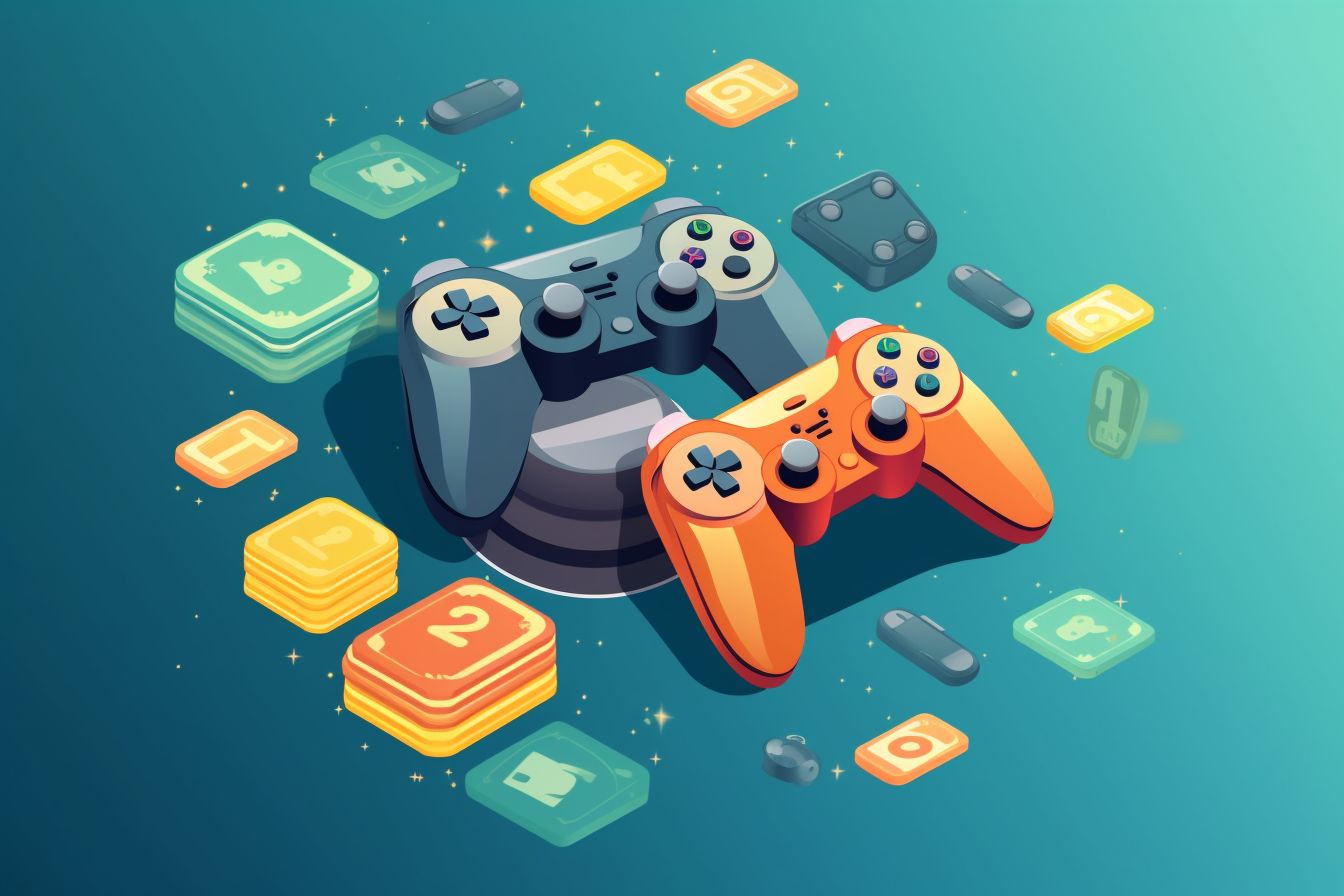Indie game development costs – This is a topic that has been discussed and debated among both gamers and developers for several years now.
With the rise of indie game developers in recent years, the costs associated with developing and publishing these games have become crucial to creating a successful indie game.
In this article, we will explore the world of indie game development costs – from budgeting to publishing – and provide you with the game development insights you need to know about what it takes to develop and release a successful indie game.
What is an Indie Game
So, what are indie games?
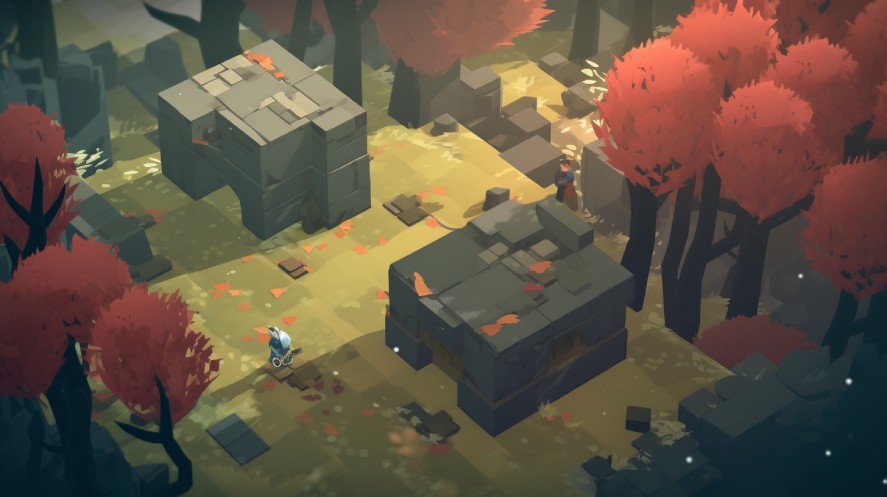
Indie games are typically created by small independent developers who don’t have the backing of a major publisher. These games are typically unique, creative, and often experimental, breaking away from the mainstream trend of video games.
What Does Indie Mean in Games
The term “indie” in the gaming industry is derived from the word “independent,” and it refers to the fact that the game was not produced by a large studio. Indie game developers are free to create games on their terms without being restricted by the limitations of working for a big corporation.
What Makes a Game Indie
One of the defining features of an indie game is the developers’ creative freedom. Indie games also tend to focus more on gameplay and mechanics than flashy graphics or cinematic sequences. Finally, an indie game project is usually done by solo or indie developers.
If you are curious to know more about indie games, explore our blog post on “What is an Indie Game?”.
Types of Indie Games
The most common indie game types include 2D platformers, puzzle games, RPGs, and survival games. And the budget to make a video game can vary significantly based on the type of game being developed.

Developing a 2D platformer may cost comparatively less than developing an intricate RPG or survival game. The more complex the game, the more resources and time will be required to develop it.
In general, indie games require significant investment and dedication to see them through to their publishing. However, developers with a low budget can still make their ideas come to life with the right development tools and creative skills.
Understanding the Costs of Indie Game Development
So, how much does it cost to make a indie game?
Overall, average indie game budget costs can range from $50,000 to $750,000, with mobile game development typically costing around $150,000 to $200,000.
If you’re considering developing your own indie game, you might be thinking that it’s a low-cost endeavor because you’re doing everything yourself. However, it’s important to note that even if you don’t have to pay anyone else, you’re still spending a significant amount of time, which has its opportunity cost.

Several factors contribute to the costs of indie game development. Here is the game development cost breakdown:
1. Game Scope
The game scope is perhaps the most important factor to consider when it comes to indie game development costs. This refers to the overall size, complexity, and depth of your game and can include things like the number of levels or missions, the amount of content and features, and the overall length of the game experience.
The larger and more complex your game, the more development time and resources it will require, and the higher the production cost for indie games.
Game Type
The type of game you are developing can significantly impact the overall cost of development.
For example, a simple 2D platformer with basic mechanics and limited art assets is likely to be cheaper to develop than a complex 3D RPG with dozens of characters, detailed environments, and intricate gameplay systems.
Game Platforms
Similarly, the platforms you are targeting can also affect the cost of development.
Developing a game for a PC might be more cost-effective than developing it for a console, but may still require a significant investment of time and resources.
2. Team Size and Roles
Understanding the various skills and roles in indie game dev is important. Each role contributes to the project’s overall success and can impact development costs.
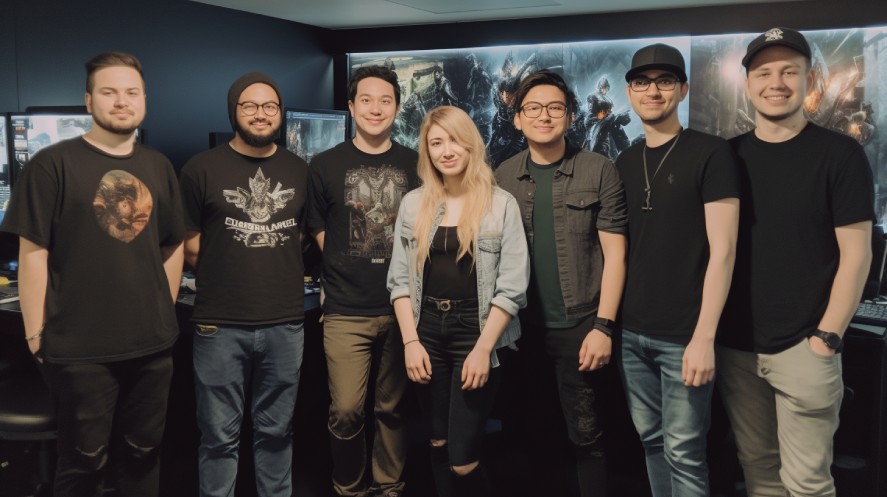
Indie Game Design
Firstly, the game designer comes up with the game concept and mechanics. They work closely with the game developer to create a prototype. An experienced freelance game designer can cost you between $6,100 to $7,000 per month.
Game Developer
The game developer is responsible for writing the code and programming the game. This role is critical and can require extensive experience and knowledge. A game developer can cost anywhere between $61,000 to $200,000 per year, depending on their level of expertise.
Sound Designer
A sound designer creates the audio and sound effects for the game. They work closely with the game designer to match the sound effects with the game mechanics. The average cost of hiring a sound designer is approximately $68,000 per year.
Game Artist
An artist creates various game assets such as characters, backgrounds, and environmental textures. The cost of hiring a freelance artist is $58,000 per year.
Game Tester
A tester ensures that the game is free of bugs, glitches, and issues. This role is critical to ensure that the game is smooth and fully functional. The cost of hiring a tester ranges from $56,000 per year.
Game Writer
A writer develops the game’s storyline and dialogues. They also work with the game designer to ensure the game mechanics match the story. A freelance writer can cost around $53,700 per year.
Project Manager (Optional)
Lastly, project managers are responsible for managing the team, budget, and timelines. They ensure everyone is on schedule and that the game development process runs smoothly. Freelance project managers can cost $83,000 per year.
The size of the team can significantly impact the development costs. For example, a smaller team with less experience may take longer to develop the game, thus driving up development costs. However, a larger game creator team can be costly and require a higher budget.
For more information about how much money does a game developer make, check out this article.
3. Tools and Software
Having the right game development tools and software is critical to the success of your game. Unity, Unreal Engine, and Godot are the most popular game development engines.
In addition to game development engines, a variety of tools and game development software can aid in creating your game. These can range from asset creation software like Blender or 3D Studio Max to audio engineering software like ProTools or Logic.
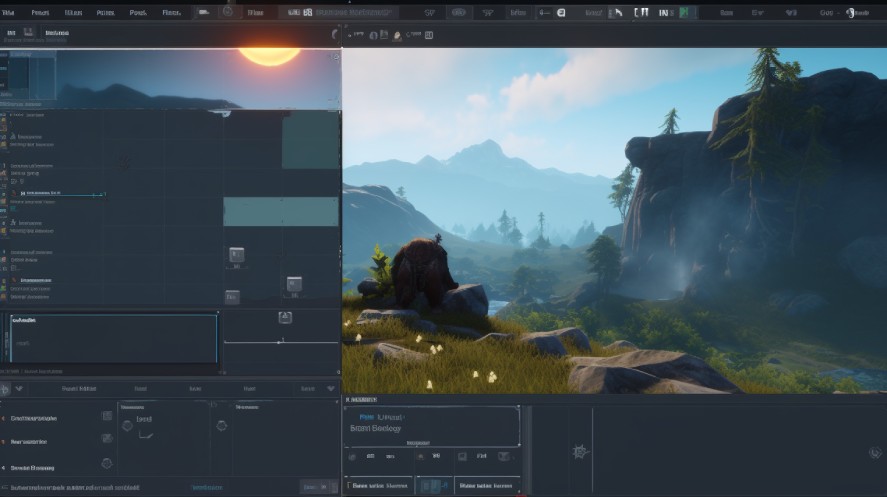
It’s important to note that the cost of these tools for game dev can add up quickly and significantly impact your overall budget. However, you can reduce these costs in many ways.
Many engines like Unity offer free licenses for small games with no revenue or less than a certain amount of revenue. Additionally, there are open-source alternatives available for many of these tools that can help reduce costs.
4. Art and Music
Some indie developers choose to create their art from scratch by hiring an artist or picking up a pencil. This approach requires a considerable investment in time and money to create high-quality art in indie games.
On the other hand, other indie game developers prefer to use pre-existing assets or integrate free art assets from open-source communities. This approach reduces game dev costs, but the developer may need to make compromises along the way.

Game music is also crucial to elevate the gaming experience, making it more enjoyable and memorable. Good game music can boost the immersive feeling, from background ambient music to the sound effects of weapons and spells.
Hiring a professional composer is a common practice among indie developers to create original pieces of music tailored to their games. However, to start budgeting for indie games, the use of royalty-free music libraries can be an alternative option for creating music in indie games.
5. Marketing and Distribution
Once development is complete, indie developers must focus on marketing and distribution to ensure their game reaches as large an audience as possible.
Marketing for indie games involves spreading the word about the game to potential players. This can be done through various channels such as social media, influencer partnerships, press releases, and trailers.
Developers must carefully consider which channels will be the most effective for their indie game promotion, taking into account the target audience and budget.

Distribution for games involves making the game available to players through different platforms. Developers can choose among various indie game distribution options, such as self-publishing, using digital distribution platforms like Steam or the Epic Games Store.
An indie game’s marketing and distribution costs can vary greatly depending on the chosen approach. Self-publishing, for example, can incur significant costs for indie game marketing, distribution, and customer support, which must be factored into the budget.
On the other hand, working with a game publisher or using a digital distribution platform can be more cost-effective but will still require some investment in marketing.
If you want to know how much does it cost to publish a game, we suggest reaching out to a publisher that is compatible with your game. We have a comprehensive article on how to choose a game publisher for your game.
Indie Game Development Funding
One of the biggest challenges for indie game developers is securing funding for their projects. From crowdfunding campaigns to grants and publishers, there are several avenues developers can explore to finance their games.
For a comprehensive guide on how to get funding for game development, read our piece on “Game Development Grants: Best Ways to Get Funding For a Game“.
How to Get Into Indie Game Development
One of the best ways to become an independent game developer is to start making games on your own.
As an indie game maker, you have the freedom to create the game you want without any restrictions or limitations. With the right tools and resources, you can create a game from scratch and turn your ideas into reality.

If you’re interested in learning how to make an indie game but don’t have any experience, don’t worry. Plenty of tutorials, courses, and online communities can help you get started.
In fact, we already have an in-depth article on our site about “How To Get Into Game Development” that covers everything you need to know on how to make a game and get started in game development.
Successful Indie Game Case Studies
To shed light on how to manage indie game development costs, how long does it take to make an indie game, and what to expect from the process, let’s take a closer look at some real-world indie game budget examples!
1. Among Us
Among Us is a multiplayer game that skyrocketed in popularity during the pandemic thanks to its innovative gameplay and low price tag.
The game took a small team of three developers about 7 months to create, and its development cost was estimated to be relatively high. However, the game has generated millions of downloads and revenue from in-app purchases and merchandise, making the investment worthwhile.
2. Five Nights at Freddy’s
Five Nights at Freddy’s is another indie darling with humble beginnings. The first game was made by a solo developer, Scott Cawthon, in just six months, with a budget of around $10,000.
The horror game gained a cult following and spawned a successful franchise with sequels, books, and merchandise, earning the developer millions of dollars.
3. Cuphead
Cuphead is a stunning run-and-gun game with a charming cartoonish style that took a small team of developers five years to build, with a budget of approximately $4 million.
The game won critical acclaim and commercial success, selling over 6 million copies across various platforms.
4. Rocket League
Rocket League is a physics-based sports game that blends soccer with cars, making for a unique and addicting experience.
The game was developed by a small team of Psyonix developers over the course of two years and cost approximately $2 million. The game became a sensation, selling over 10 million copies and earning revenue from microtransactions, esports tournaments, and licensing deals.
5. Minecraft
Minecraft, the iconic sandbox game that needs no introduction, started as a passion project by solo developer Markus Persson (aka Notch) with no budget at all.
The game took about two years to develop before being released, and it generated over $100 million in revenue before being acquired by Microsoft in 2014 for $2.5 billion.
Tips for Keeping Indie Game Development Costs Down
Game development can be an expensive process that requires specialized skills and tools, but with the right game development strategies, it is possible to keep costs down and stay within budget.
To begin, plan and budget your project from the outset.
This means identifying all the costs involved in the indie game development process, including software licenses, hardware, art assets, music, sound effects, and marketing expenses.
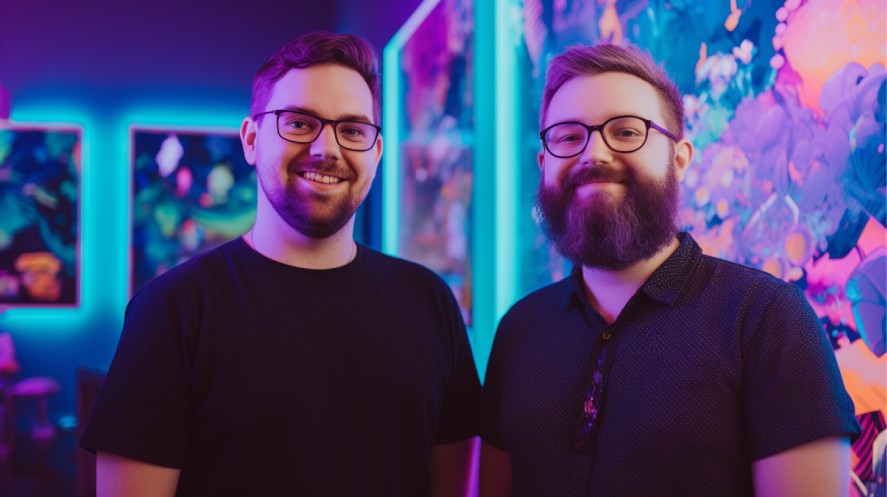
Next, make use of free or low-cost tools and resources.
Numerous open-source libraries, game engines, and design software can help you create a high-quality game without breaking the bank. Additionally, there are many online forums and indie game communities where developers share game development tips, knowledge, resources, and support.
One commonly overlooked area where you might be able to reduce expenses is in development time. Adopting best game dev best practices and optimizing your workflow can reduce the time required to complete the project, thereby reducing your labor costs.
With limited resources and time, indie game developers must be disciplined in managing their priorities. Prioritizing essential features and gameplay mechanics can help ensure your game is fun and engaging while keeping game dev costs low.
Conclusion
Indie game development costs can be a challenging area for many developers. However, by understanding the game dev cost breakdown, following the indie game development guide, and being more aware of potential expenses, you can reduce costs while still delivering quality games to your audience.
Always remember that you can overcome obstacles and create amazing games with determination, hard work, and a willingness to learn. So, if you are interested in indie game development, we urge you to take the first step today by researching, learning, and joining the community of indie developers.
We wish you the best of luck on your indie game production journey!

